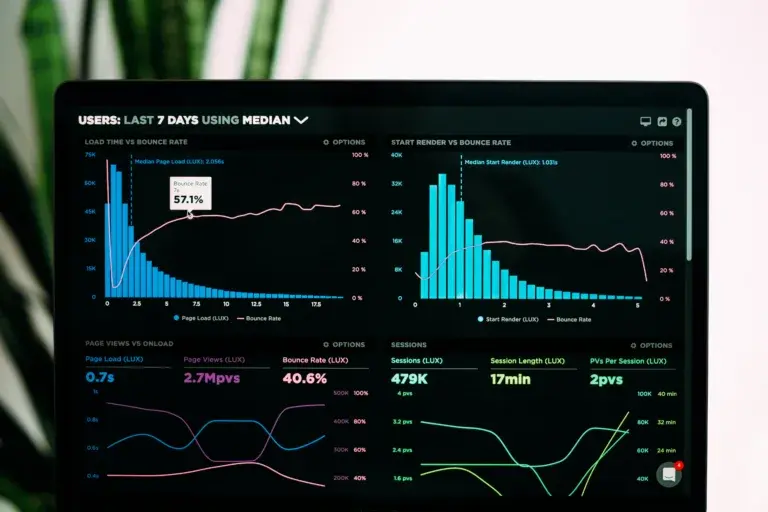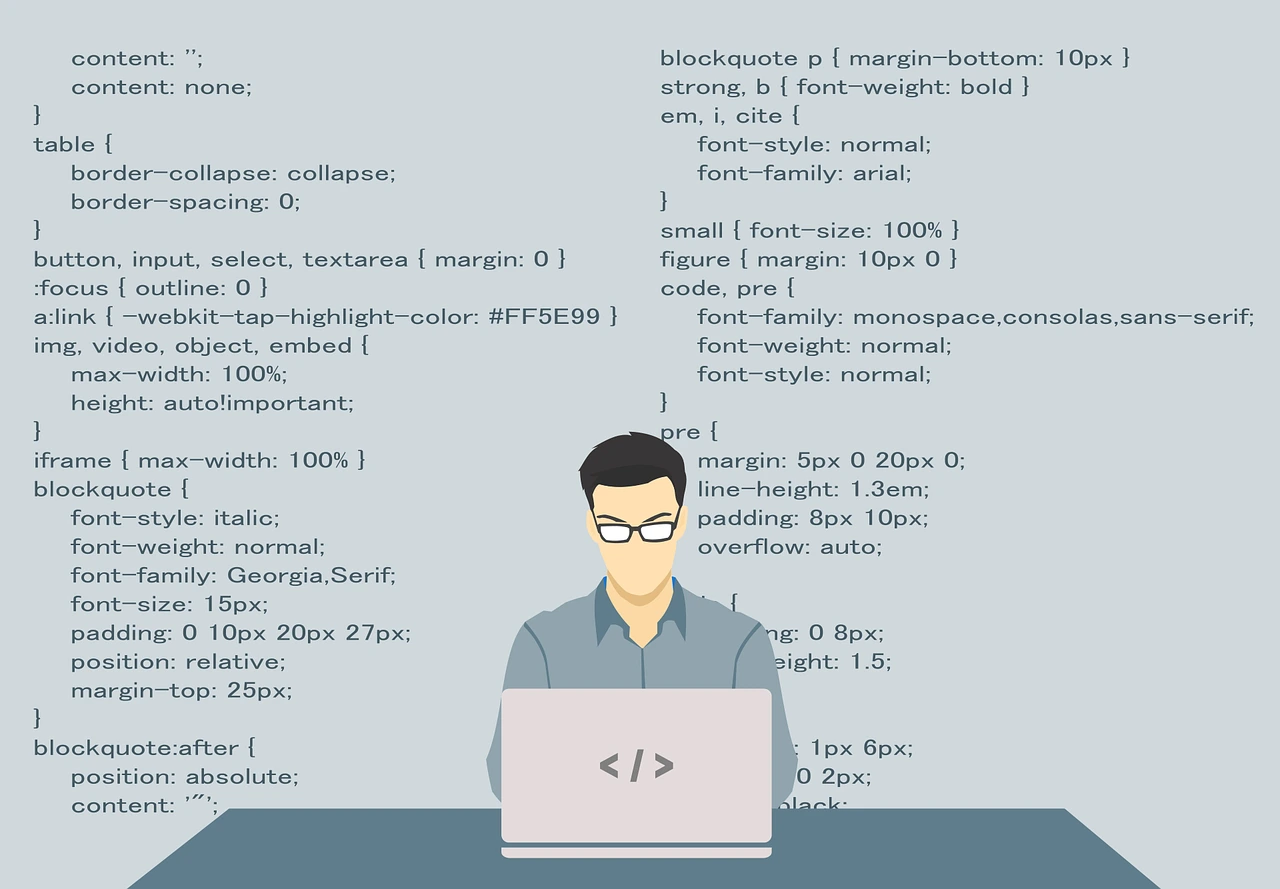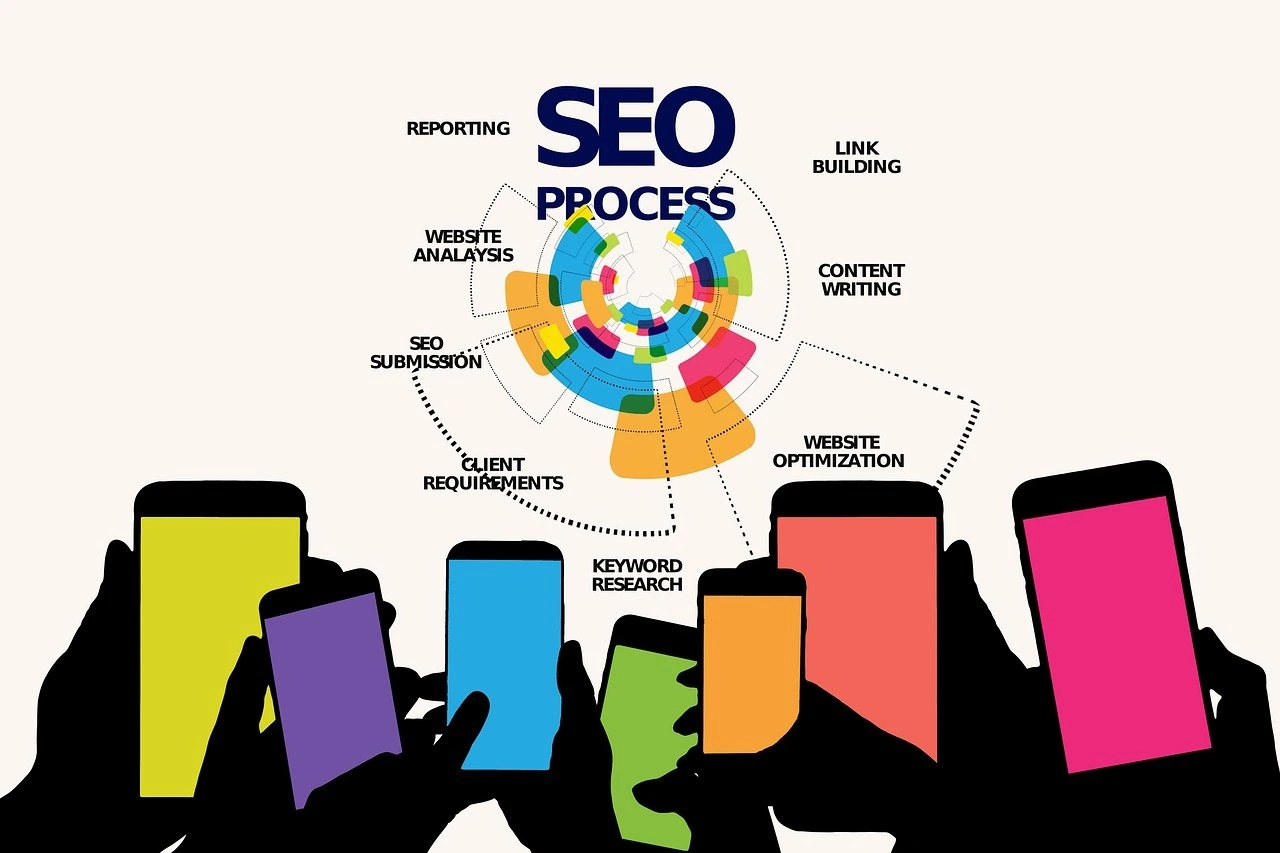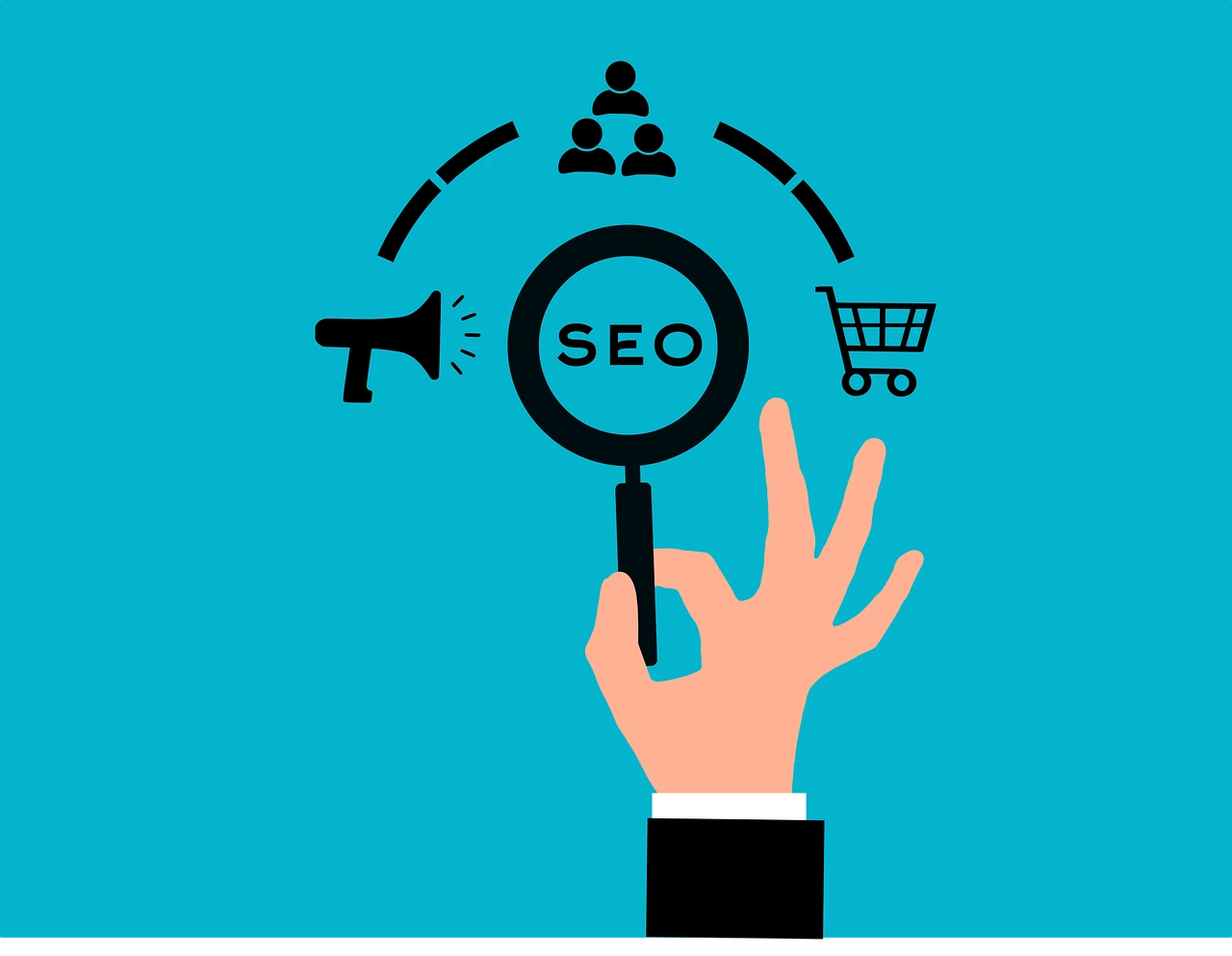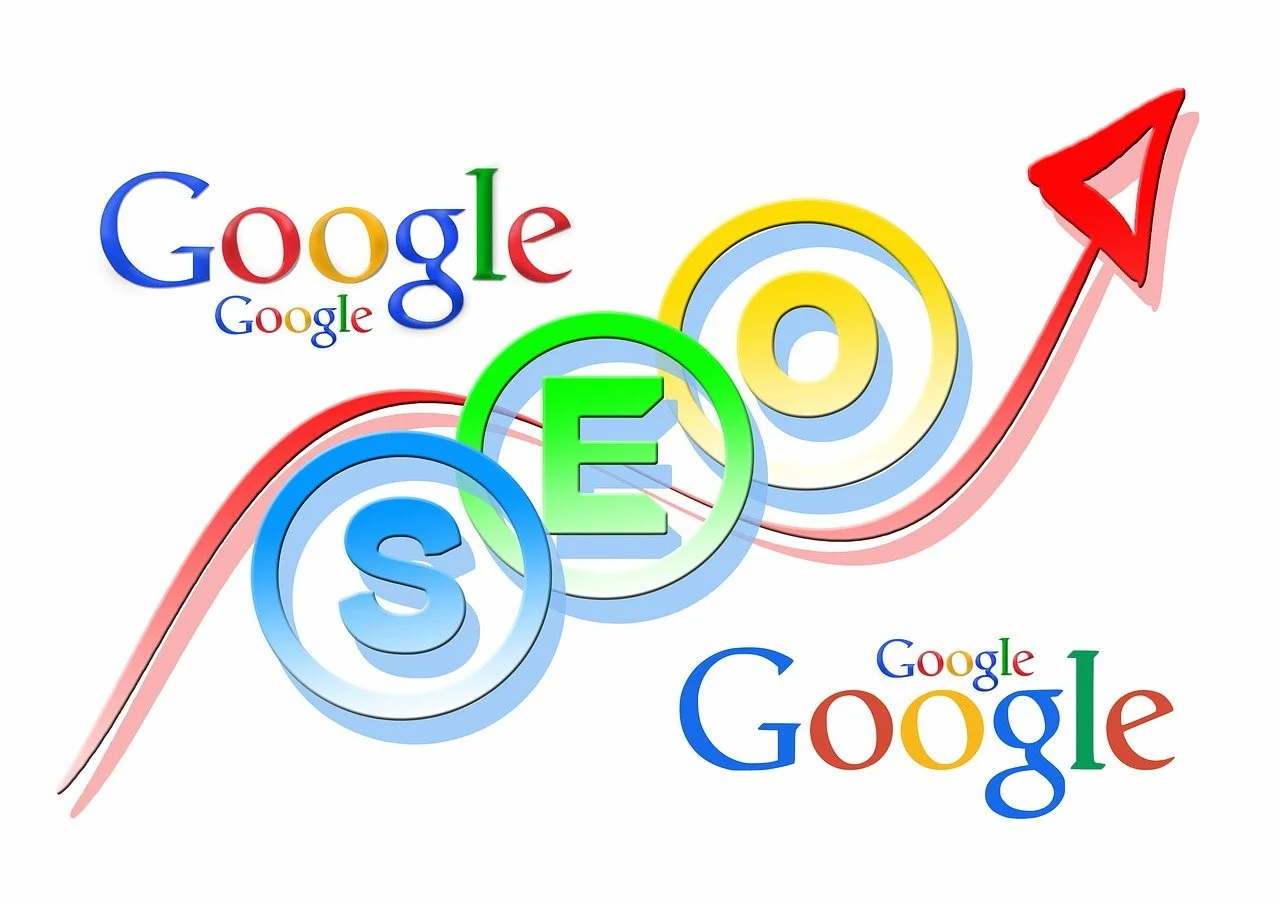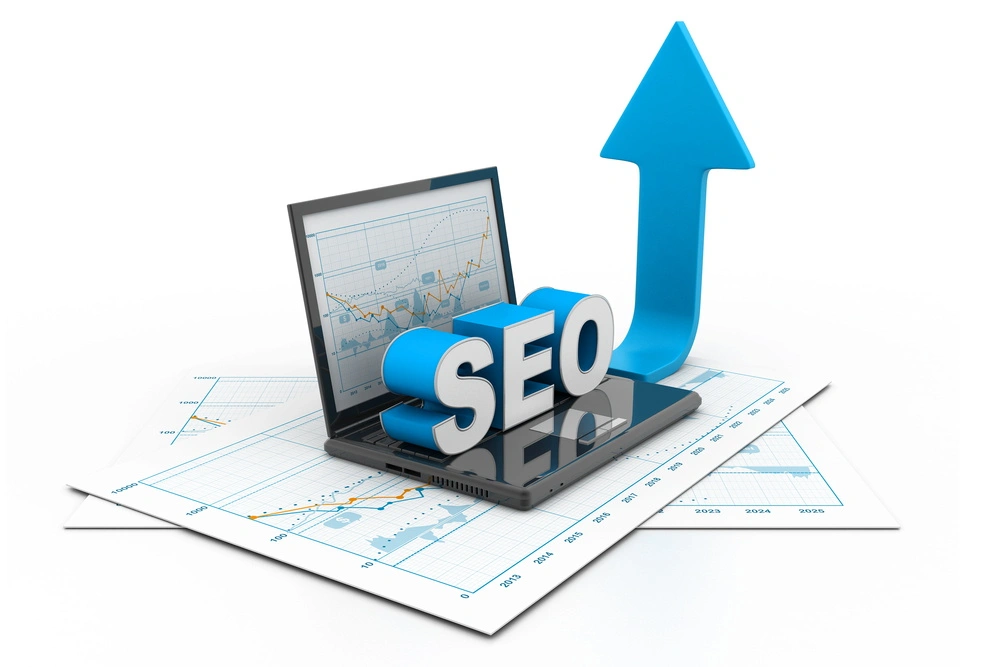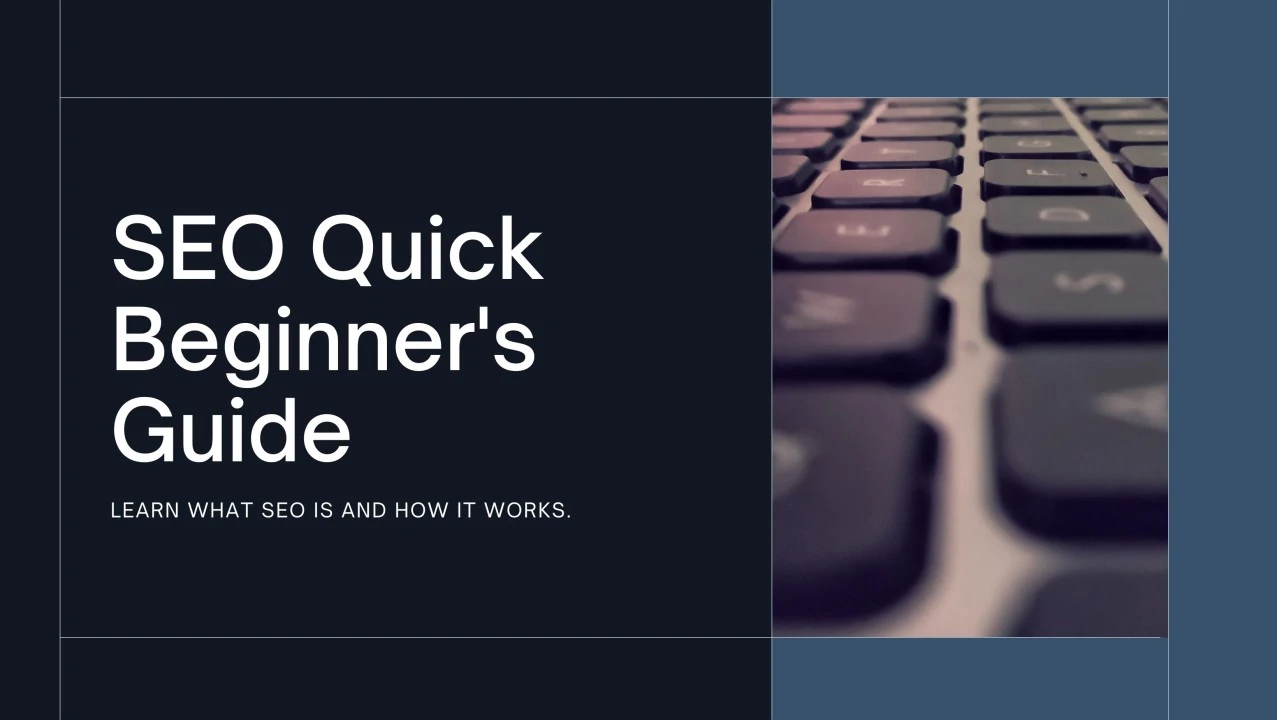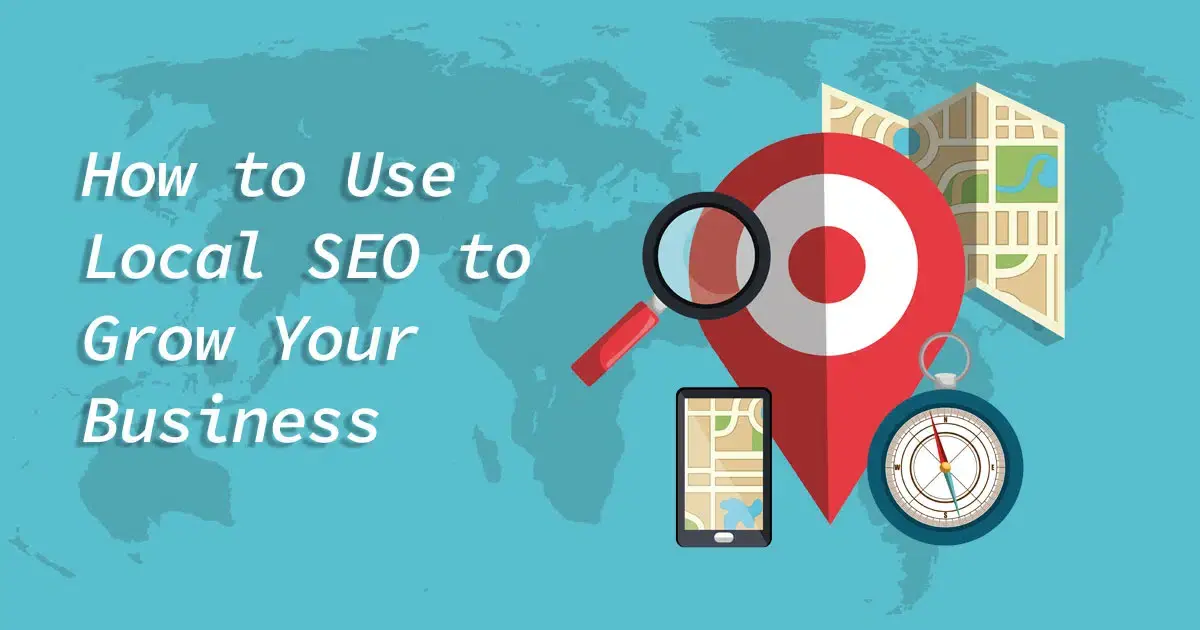The SEO Ranking Factor You Can’t Ignore
Imagine clicking on a search result, excited to find an answer, only for the page to load at a snail’s pace. Frustrating, right? Most users won’t wait—they’ll bounce back to Google and choose another site. Google knows this, and that’s why Core Web Vitals have become a crucial ranking factor. If your site loads too slowly or feels clunky, you’re not just losing visitors—you’re losing rankings.
Core Web Vitals measure how fast, stable, and interactive your site is. They directly influence how Google ranks your pages, making them essential for any website looking to compete.
Here's everything you need to know about core web vitals:
What Are Core Web Vitals?
Core Web Vitals are a set of three key performance metrics that Google uses to evaluate user experience:
-
Largest Contentful Paint (LCP): Measures how long it takes for the largest visible element on a page to load. A good LCP score is under 2.5 seconds.
-
First Input Delay (FID): Tracks how quickly a page responds when a user interacts with it. A low FID (under 100ms) ensures a smooth experience.
-
Cumulative Layout Shift (CLS): Measures how much elements move unexpectedly while a page loads. A stable layout (CLS score under 0.1) keeps users from clicking the wrong things.
These metrics impact both rankings and user satisfaction. Google prioritizes sites that load quickly, feel smooth, and don’t frustrate visitors with shifting content.
Why Speed and User Experience Matter for SEO
Google’s goal is to deliver the best possible experience for searchers. A slow or glitchy site leads to higher bounce rates, lower engagement, and ultimately, lower rankings. Here’s why speed and user experience are critical:
-
Faster Sites = Better Rankings
Google rewards sites that provide a seamless experience. If your competitors load faster and feel smoother, they’ll likely outrank you. -
Users Expect Instant Access
Studies show that users expect sites to load in under three seconds. Any delay increases the chance they’ll leave and never return. -
Conversions Depend on Speed
A slow site doesn’t just affect rankings—it also hurts sales, sign-ups, and other conversions. Faster pages keep visitors engaged and more likely to take action.
How to Improve Core Web Vitals for Better Rankings
Optimizing Core Web Vitals requires a combination of technical fixes and ongoing performance monitoring. Here are the top ways to improve your site’s speed and stability:
-
Optimize Images: Compress and resize images to reduce load times without sacrificing quality. Use modern formats like WebP.
-
Enable Lazy Loading: This ensures images and videos load only when they come into view, speeding up initial page load.
-
Use a Fast Hosting Provider: Your server speed plays a huge role in how quickly pages load. Invest in reliable hosting.
-
Minimize JavaScript and CSS: Reduce unnecessary code and leverage caching to make your pages load faster.
-
Implement a Content Delivery Network (CDN): A CDN distributes your content across multiple servers worldwide, ensuring faster load times for users in different locations.
Is Your Website Fast Enough?
Google’s ranking system is constantly evolving, but one thing remains the same: user experience matters. If your site is slow, clunky, or frustrating to use, your rankings will suffer. Optimizing Core Web Vitals isn’t just about pleasing Google—it’s about delivering a smoother, faster experience for your visitors.
Not sure where to start?
Talk to us and let’s work together to optimize your site’s performance and keep you ahead of the competition.
